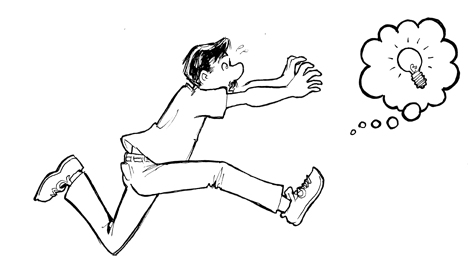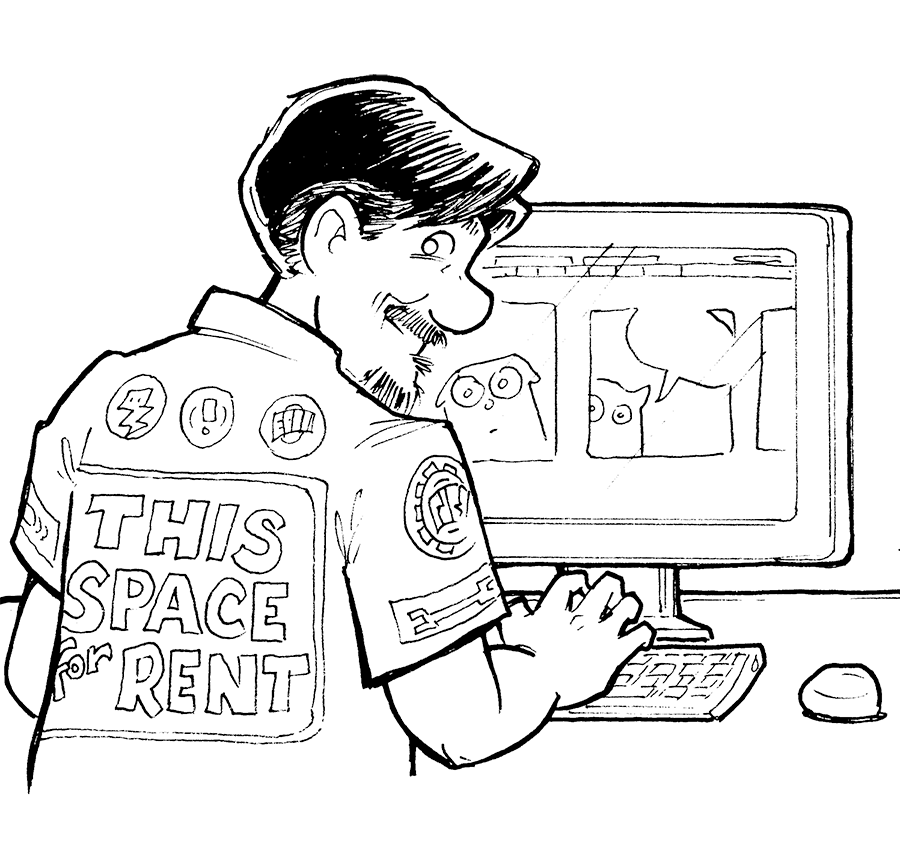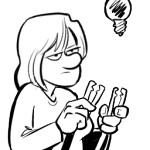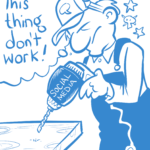Patreon has proven to be a game-changer for many people pursuing webcomics. However, some new patrons have difficulty navigating the Patreon interface to get the most out of their patronage. While I don’t mind seeing “my financial situation has changed” and “I only intended to pledge for a limited time” in my Patron Exit Surveys, I hate seeing “I’m not happy with Patreon’s features or services.“
The “I’m not happy…” response appears rarely. But, in optimizing my Patreon approach, I’ve created something that I’m seeing very positive results from…
The content you are trying to access is only available to members.




















